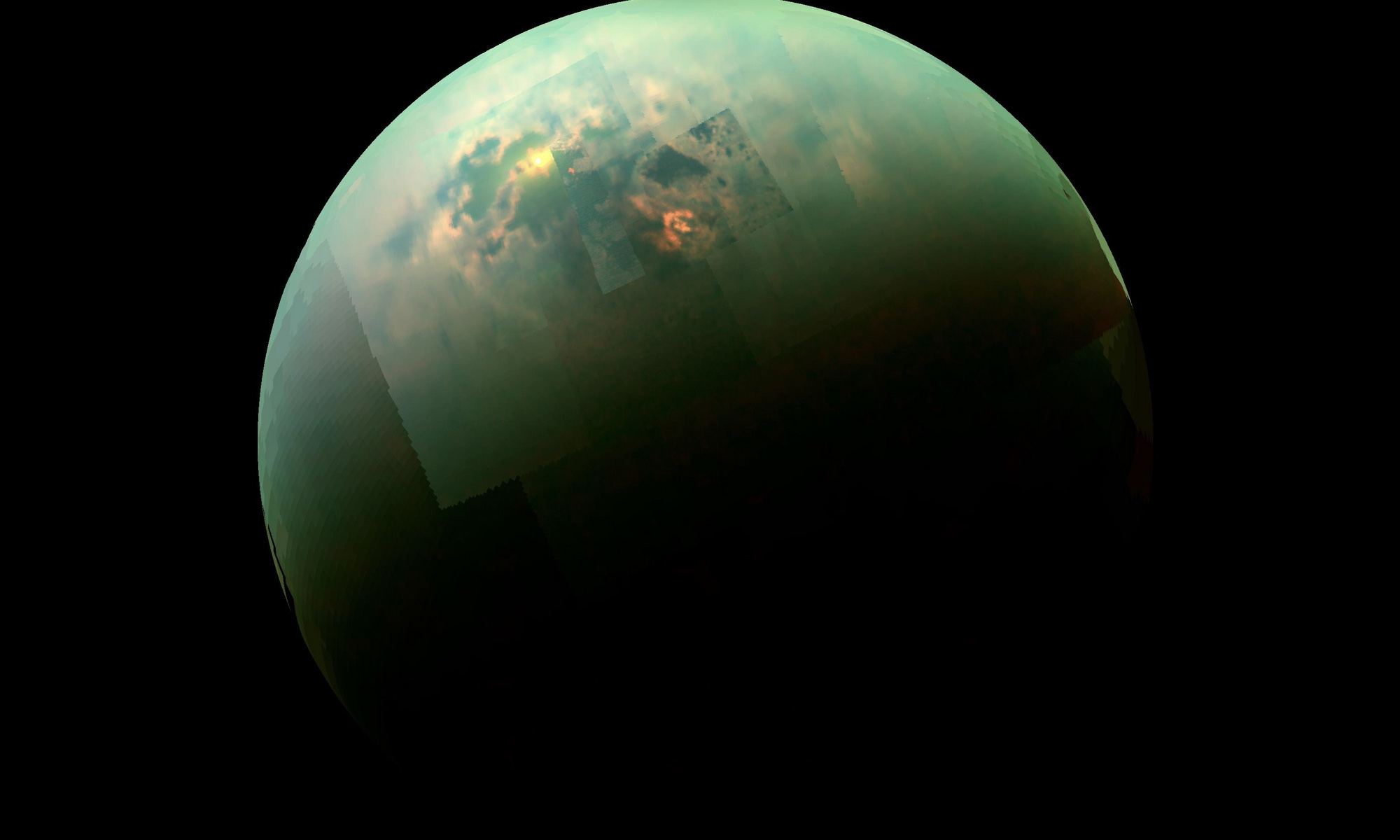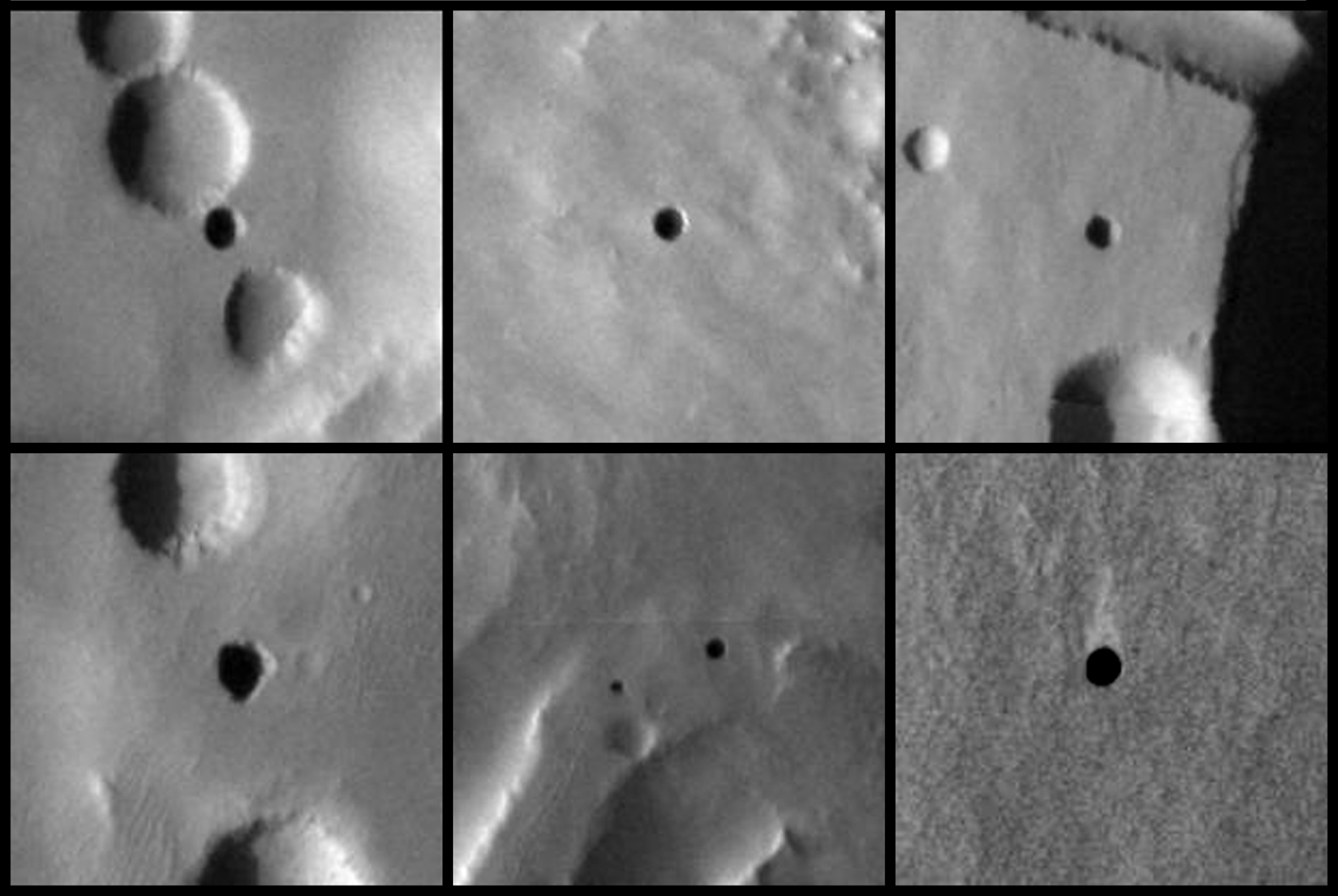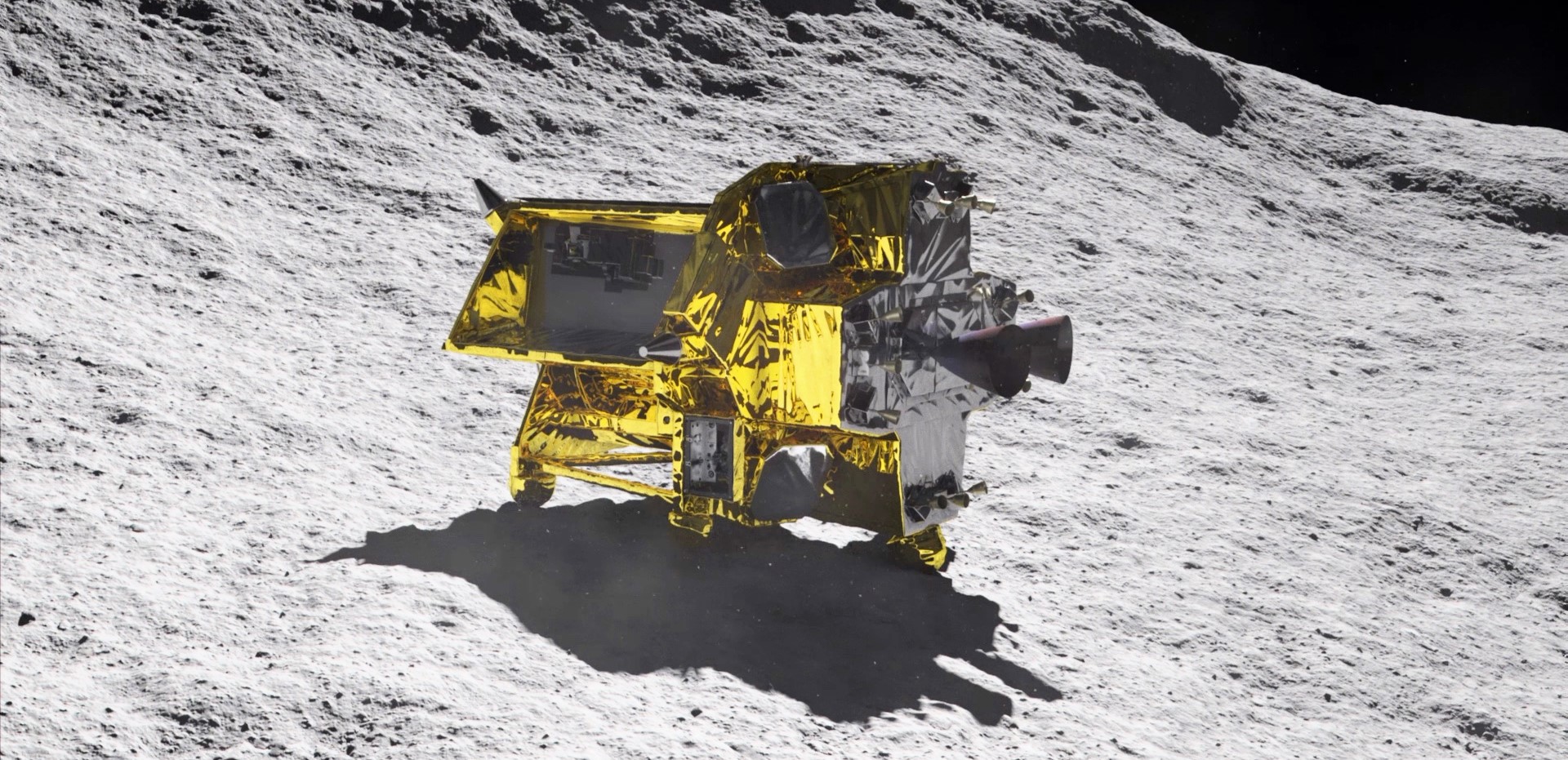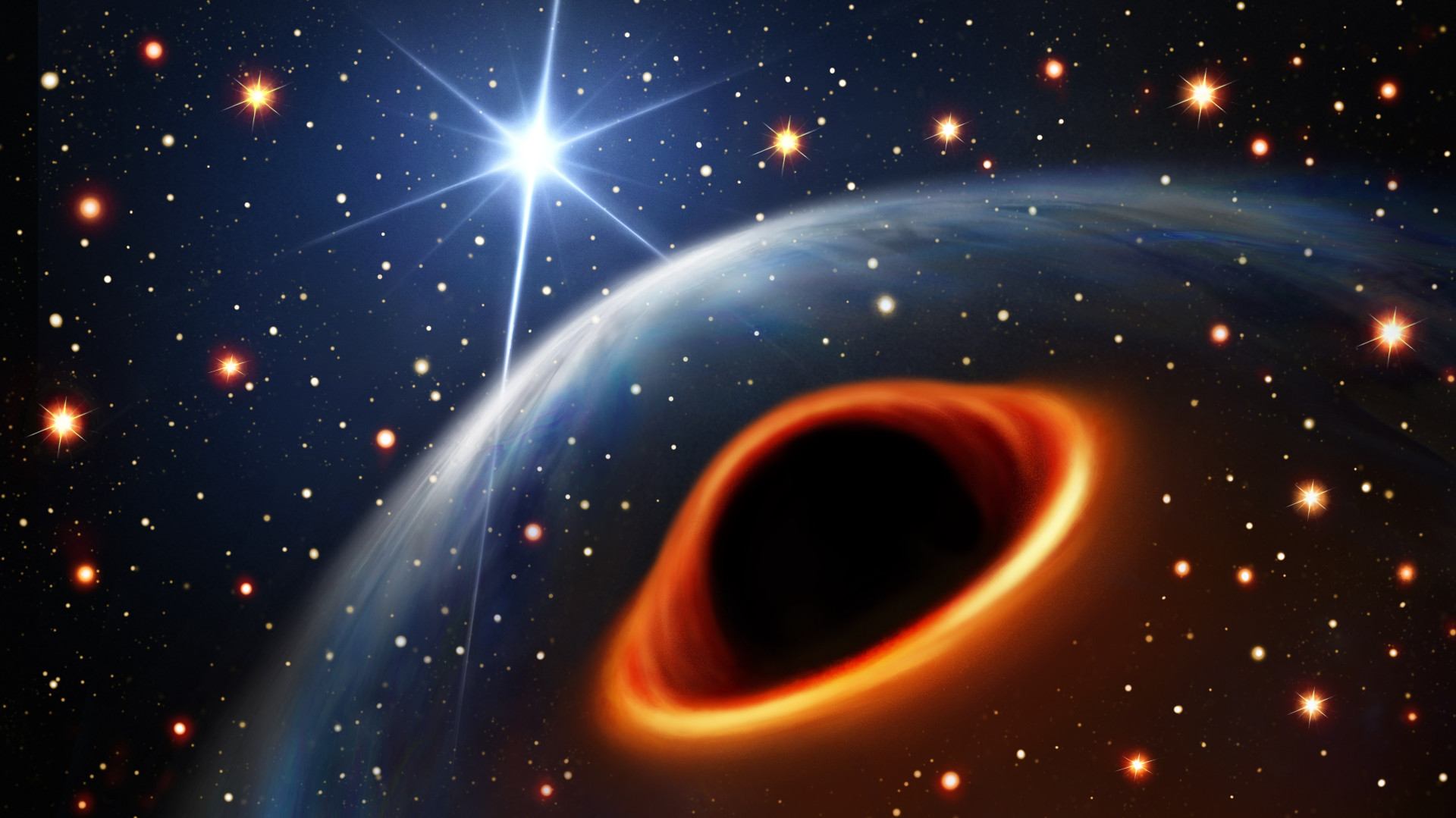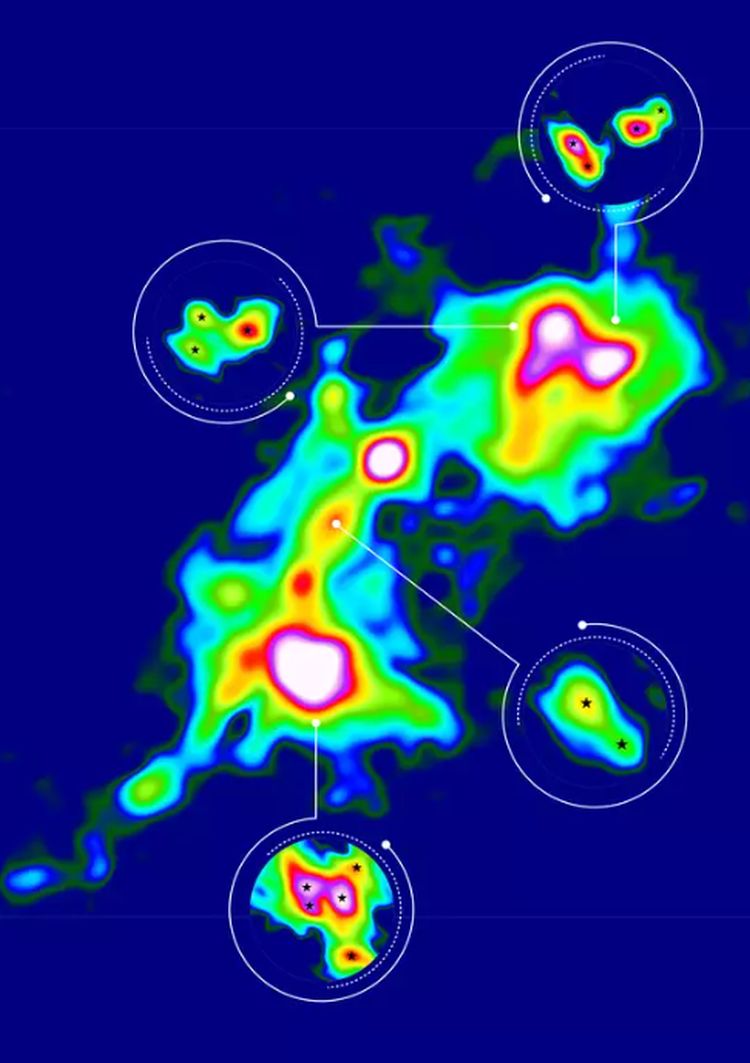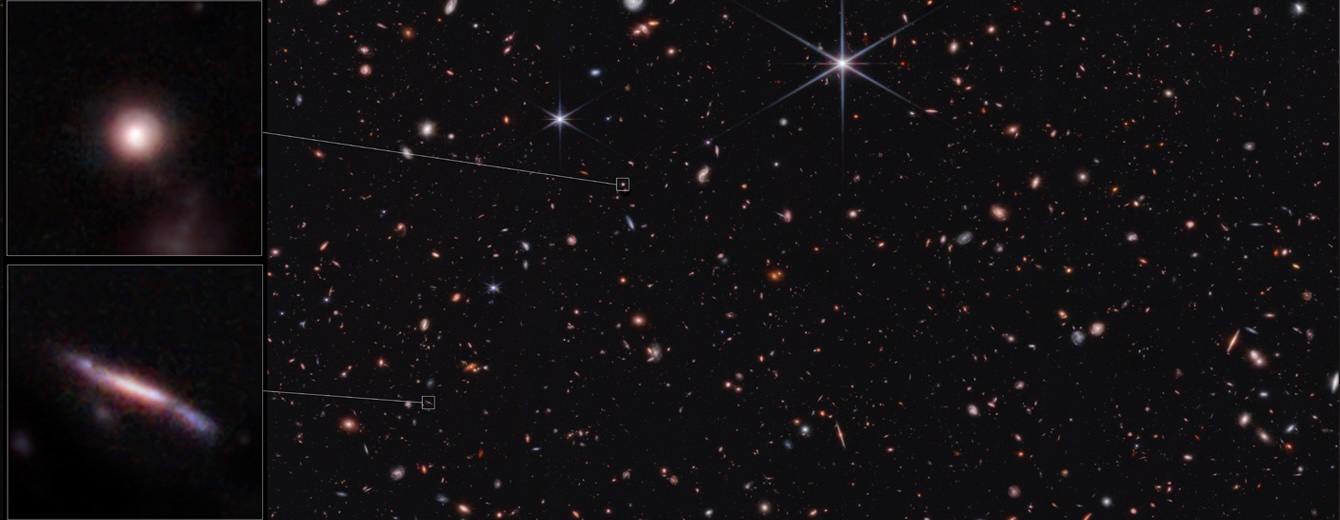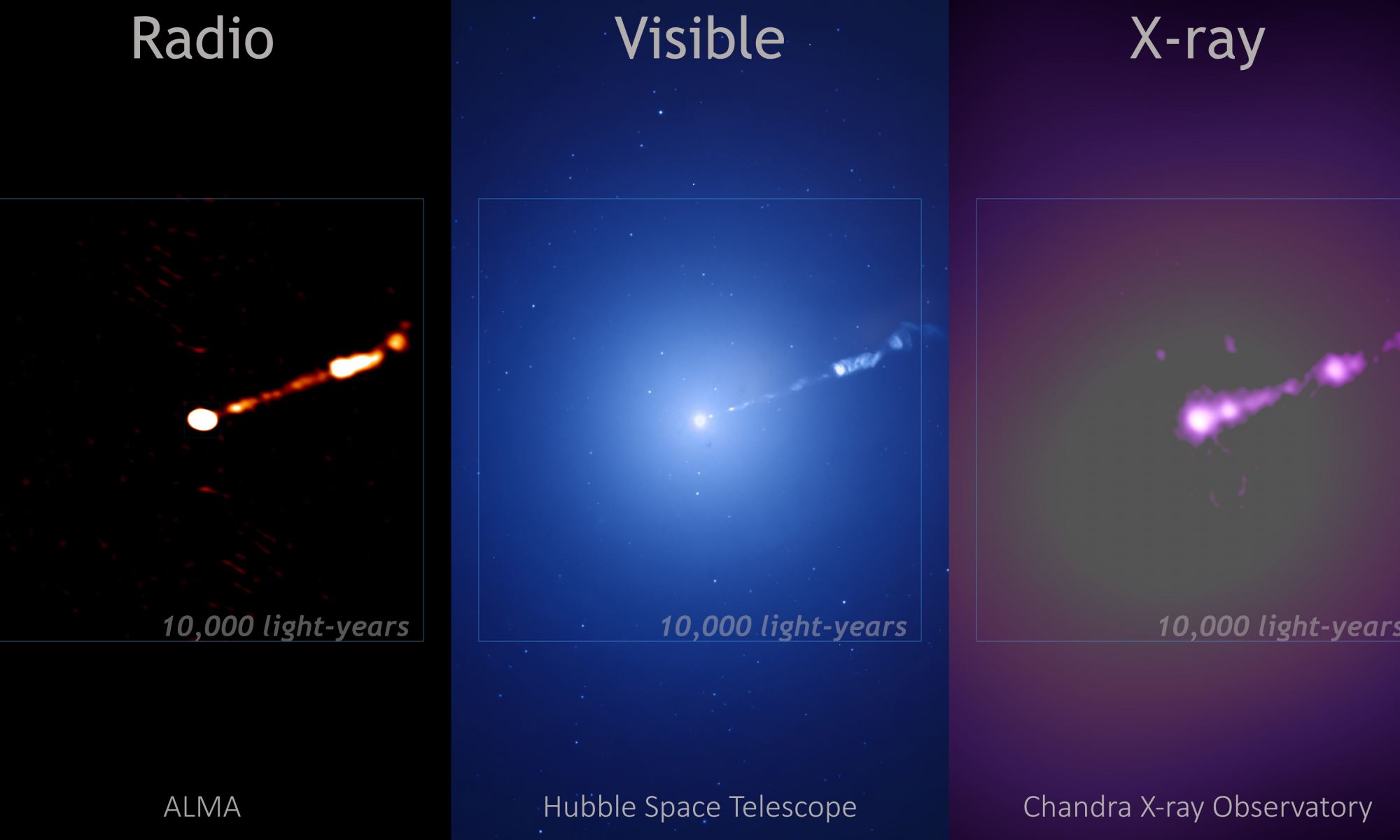There is a vast menagerie of potentially habitable worlds in the cosmos, which means the Universe could be home to a diversity of life beyond what we can imagine. Creatures built on silicon rather than carbon, or organisms that breathe hydrogen instead of oxygen. But regardless of how strange and wondrous alien life may be, it is still governed by the same chemistry as life on Earth, and that means it needs a chemical solvent.
Continue reading “Life on Earth Uses Water as a Solvent. What are Some Other Options for Life as We Don't Know it?”Life on Earth Uses Water as a Solvent. What are Some Other Options for Life as We Don't Know it?
